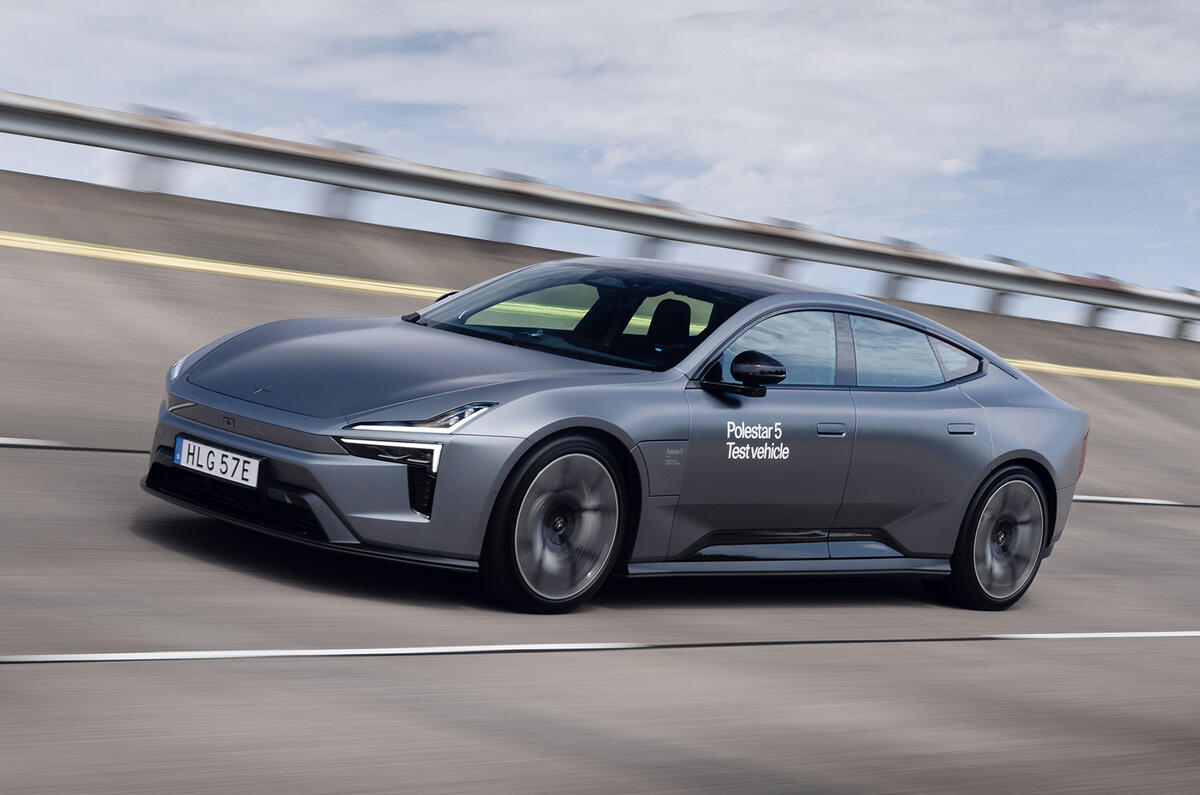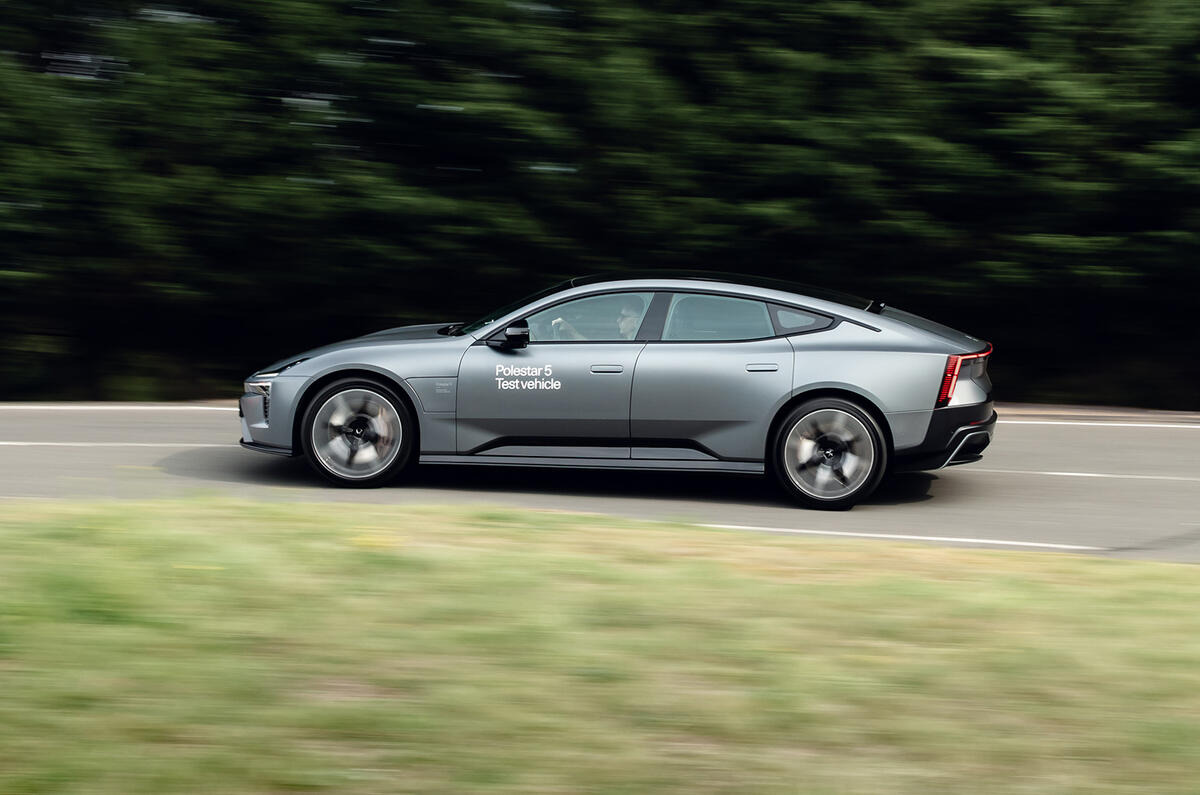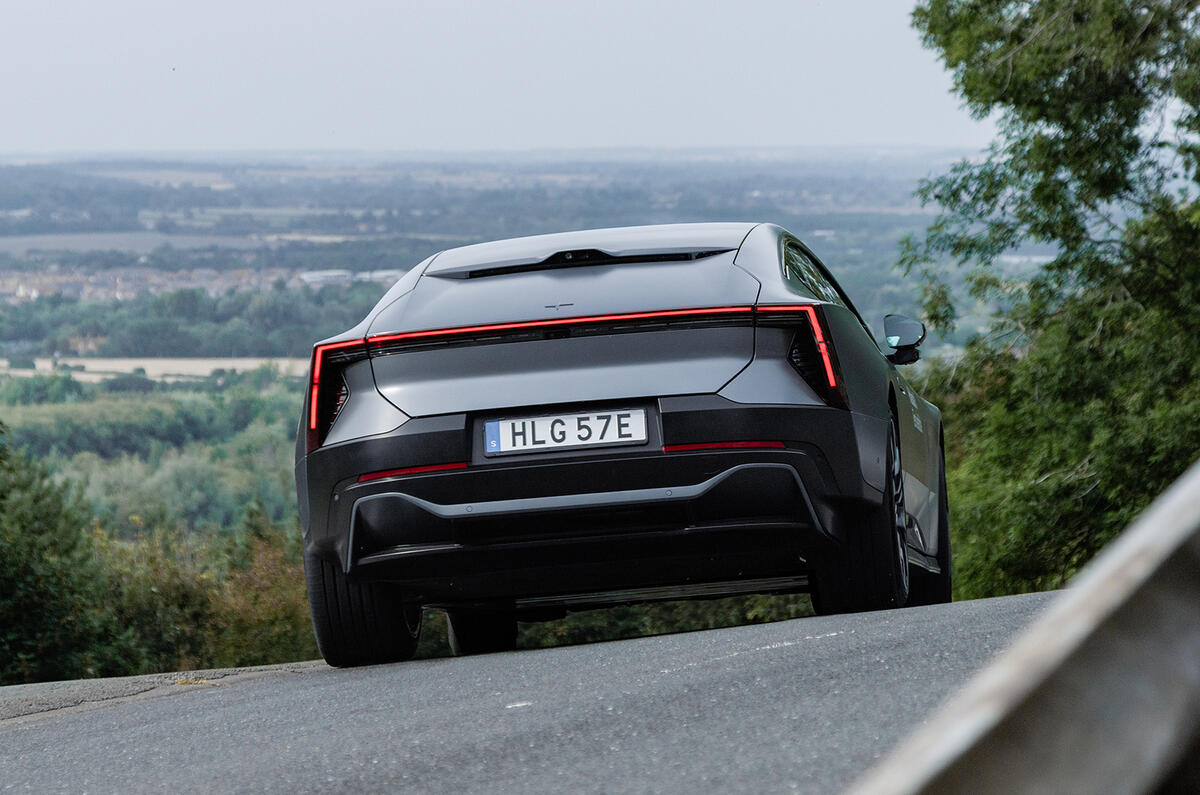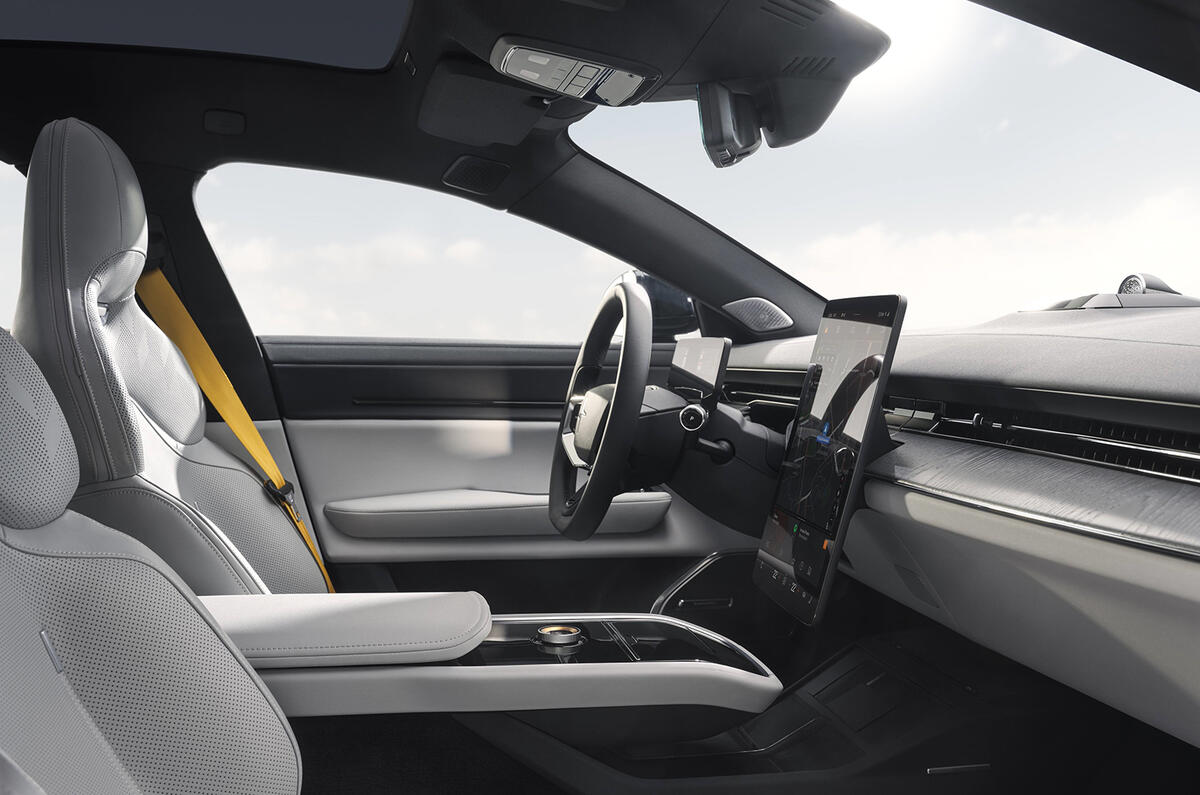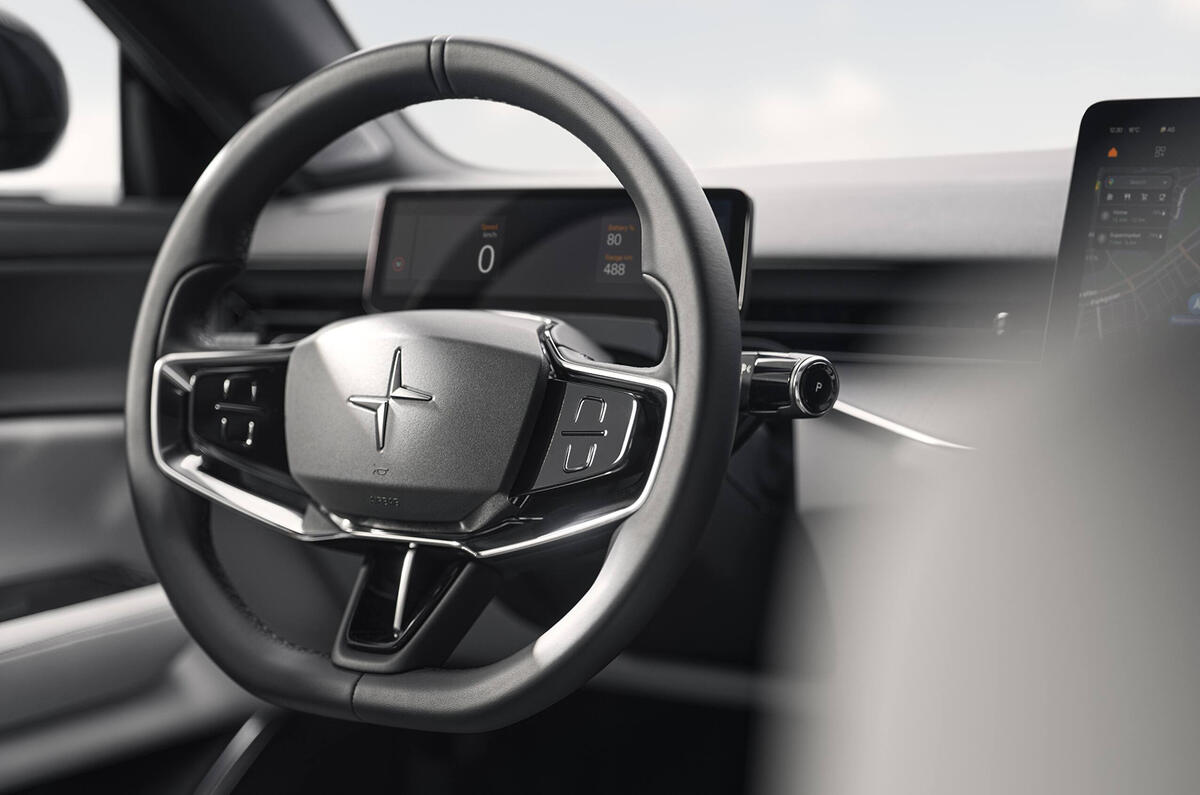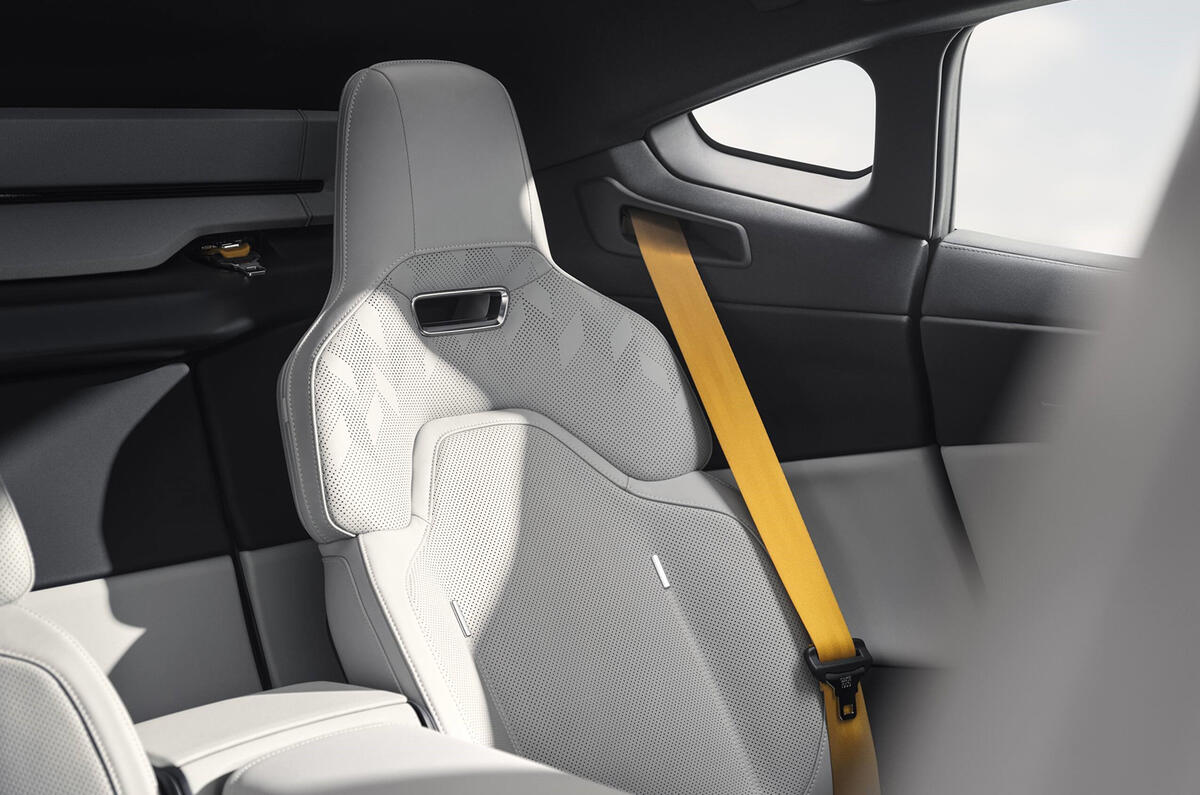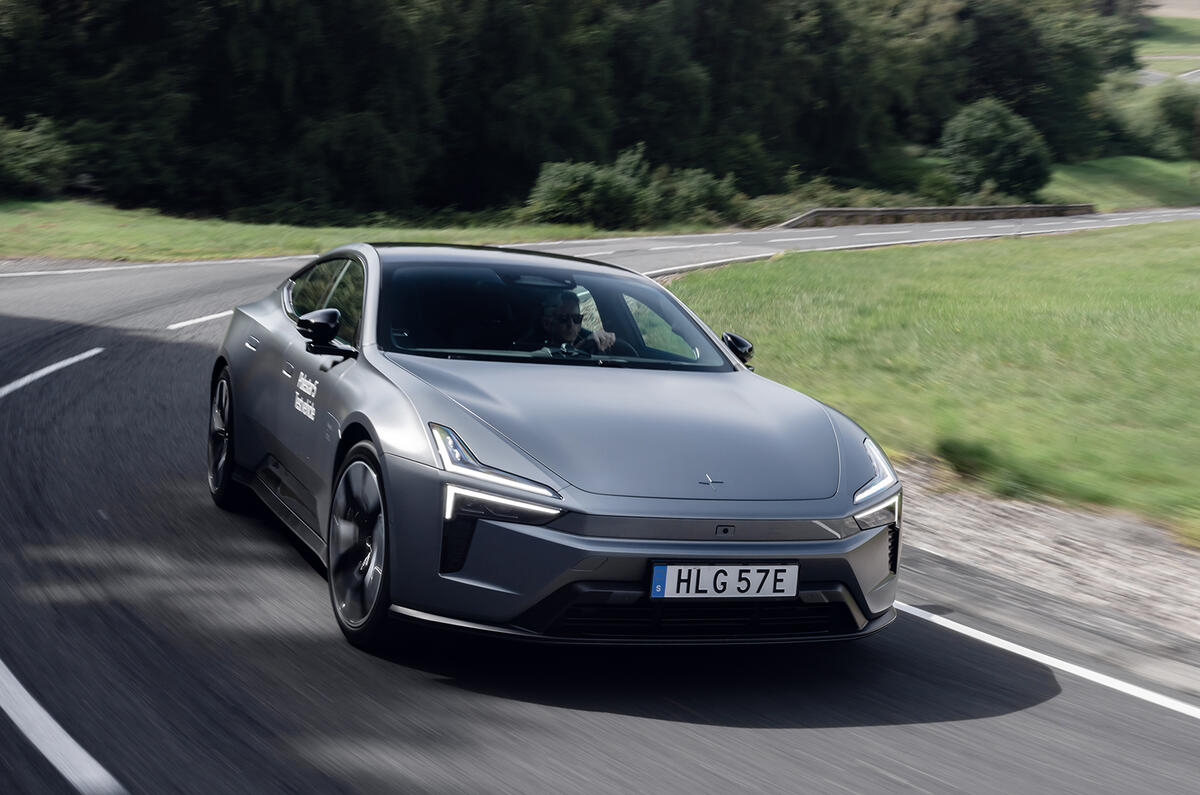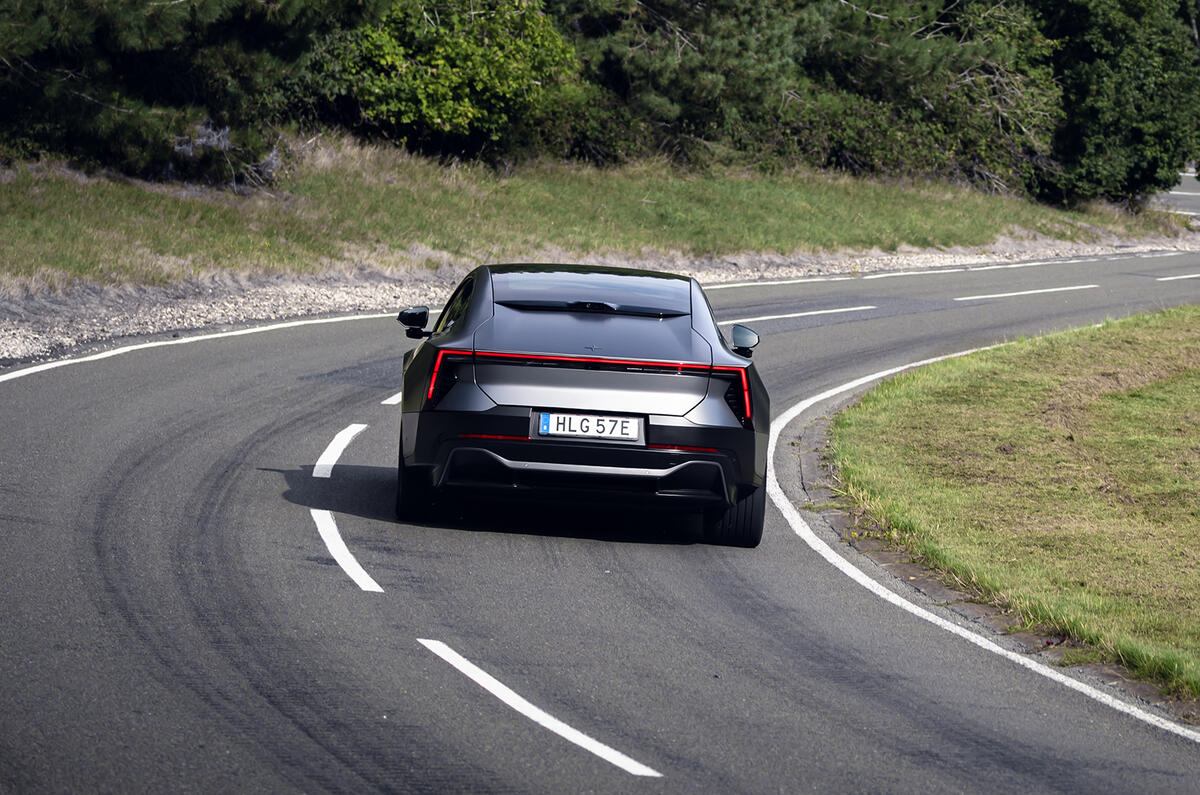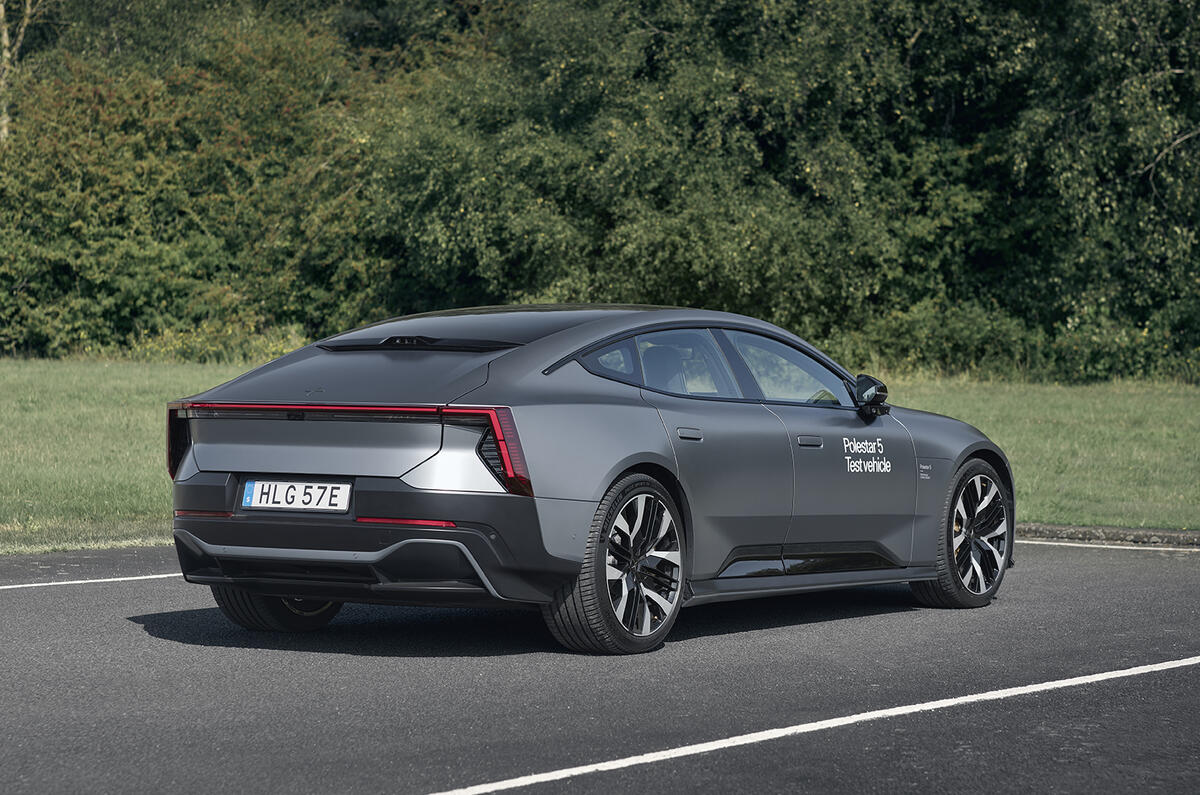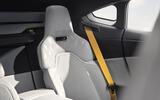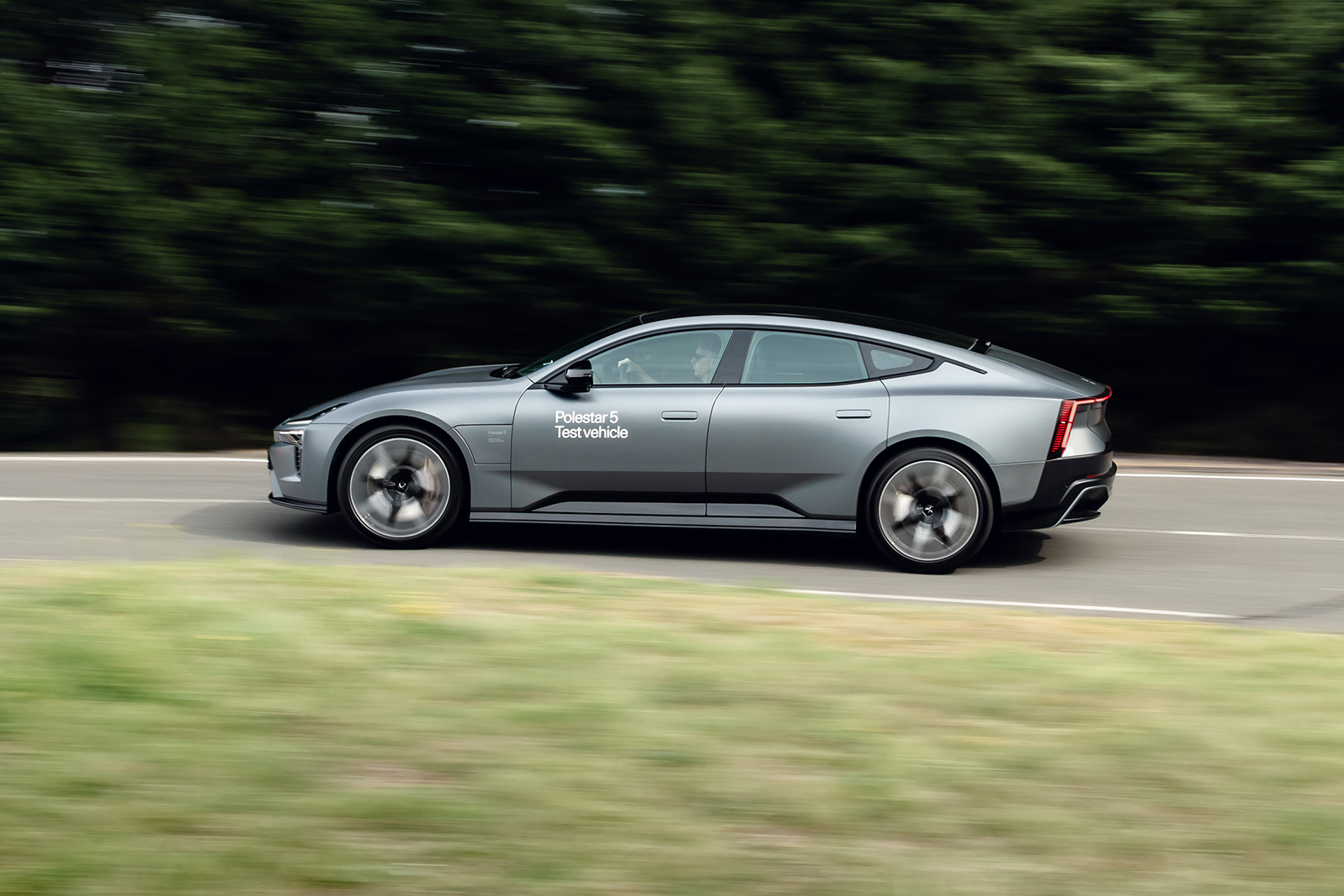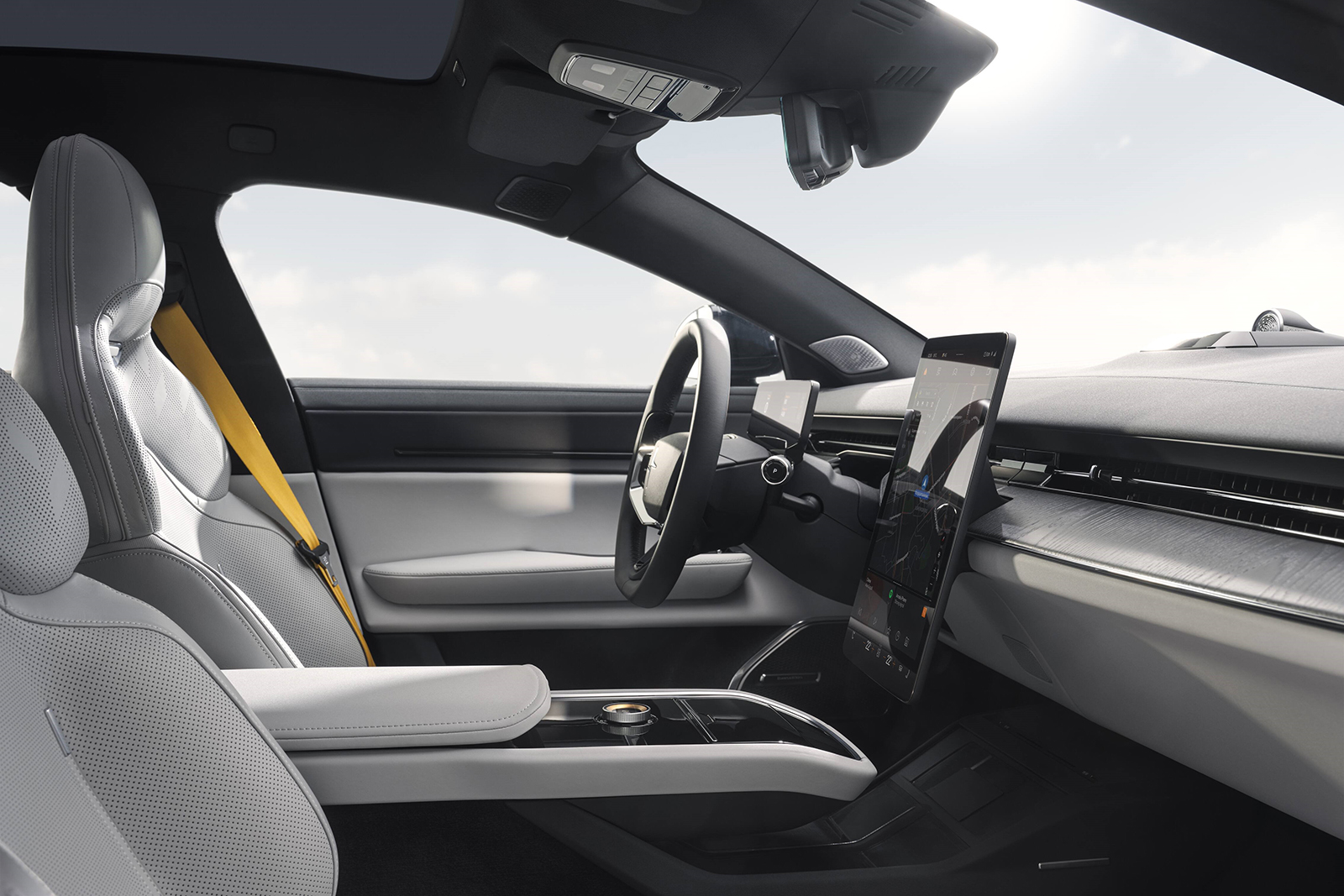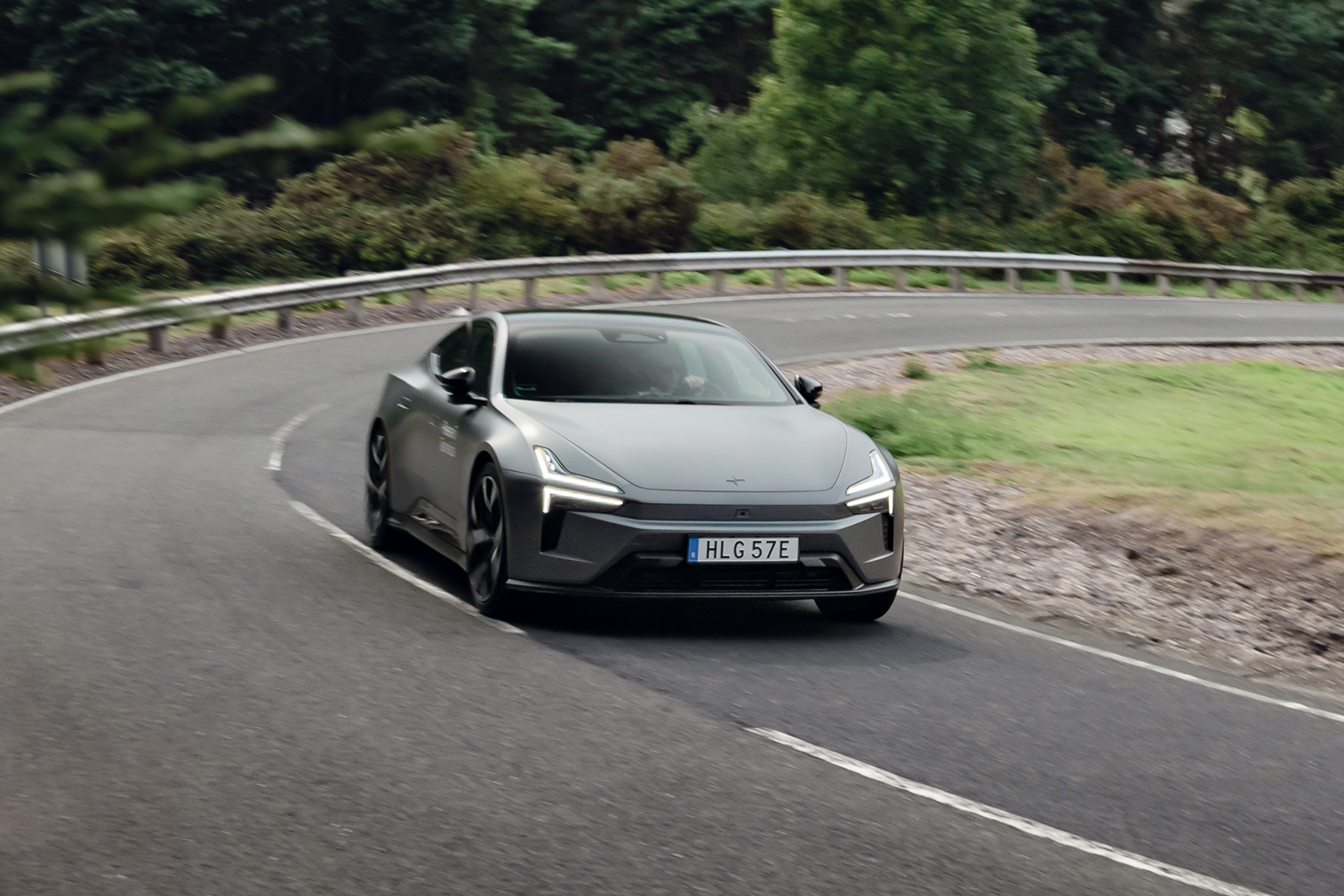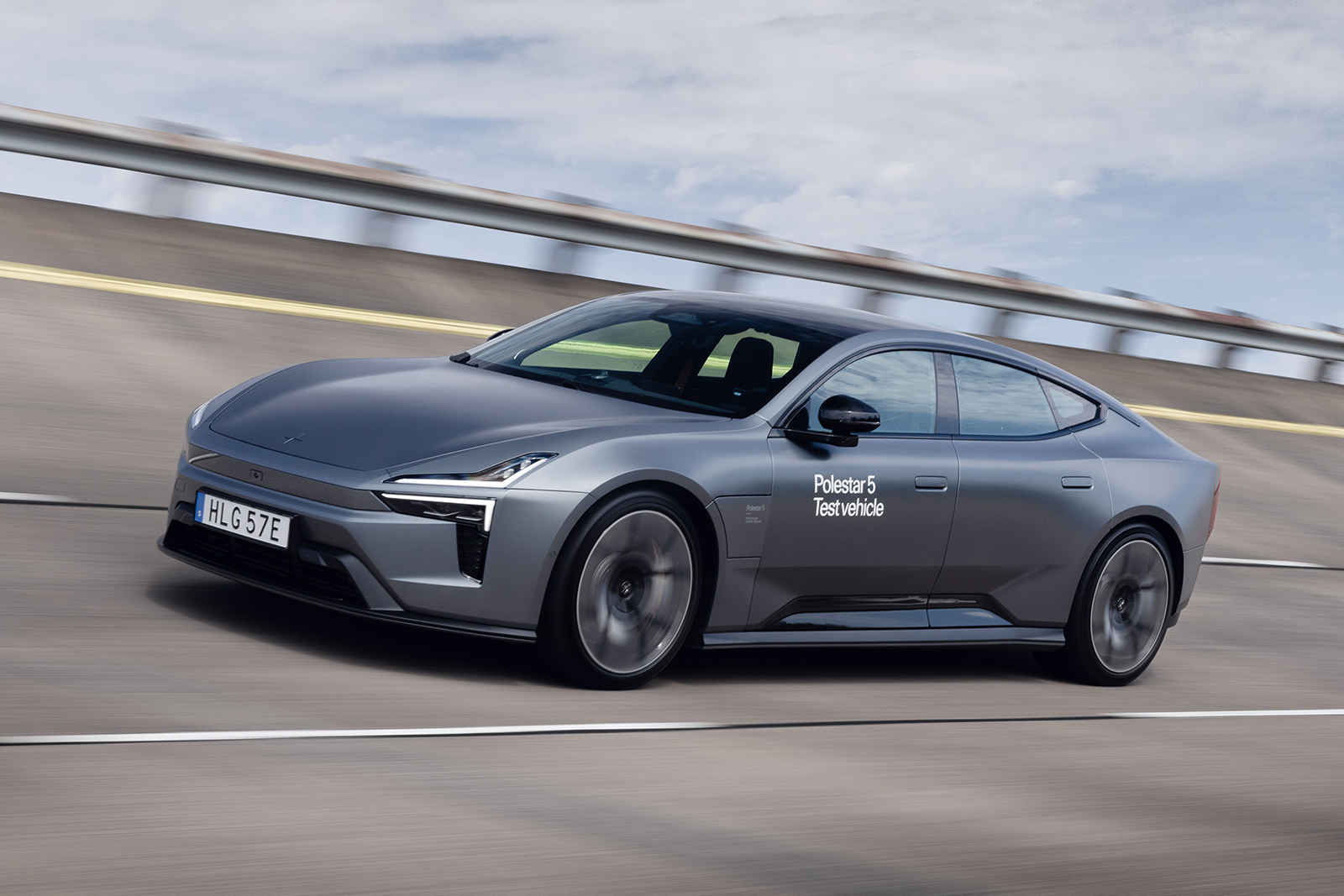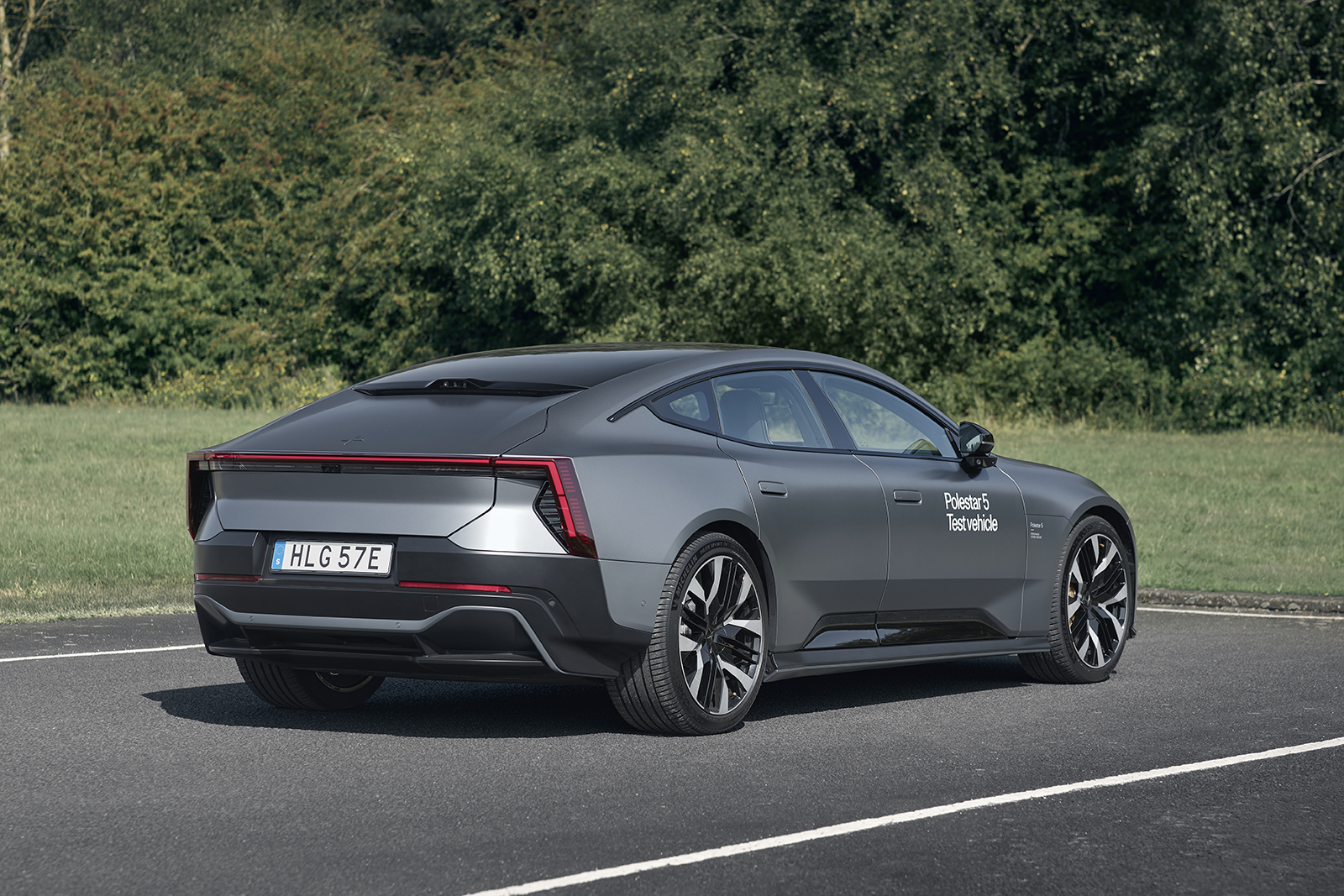A bonded extruded aluminium chassis in itself is nothing new. It has most famously underpinned many Lotuses since the Elise, and other low-volume sports car makers have it. Low volume is key here, because the Polestar 5 represents the first time a volume model is built this way.
The engineers say there’s no one innovation to make this possible; Polestar is just in the ideal place to try it. The compromise of this method is that it makes each car pricier to make, but the tooling is very cheap compared with the huge stamping machines that churn out steel unibody parts. Thus it would be uneconomical to produce a Toyota Corolla this way, but as long as the volumes don’t get too enormous, it could turn out cheaper. In addition, it affords the flexibility to change things, as modifying the tooling isn’t prohibitively expensive.
The 5 being a kind of stand-alone car performance car meant it presented the perfect opportunity. The platform gives it the required stiffness, and it will ultimately be used in other cars, most imminently the Polestar 6 roadster – but while conversations were had with Lotus, the Geely siblings decided to go their own ways.
The new Polestar is called the 5 because it’s the brand’s fifth car, but they could have called it the 1 because, much more than that plug-in hybrid coupé of 2019, this car is supposed to be a manifesto of what the brand is about, which is EVs with great design, driving dynamics and sustainability.
Where most electric saloons have cramped interiors (Porsche Taycan and Lotus Emeya) or otherwise feel odd because they’re practically an SUV wearing saloon skin (BMW i5 and Genesis Electrified G80), the 5 was designed from the start around that chassis, with double wishbones at the front, an extra-thin battery and the lowest seat rails they could get Recaro to make, all so it would actually look and feel like a saloon.
You don’t even need to put the 5 next to the BMW i5 to see that, visually at least, they have succeeded. Although it looks very wide, it’s actually slightly narrower than the Taycan; it just doesn’t look it because it’s so low.



